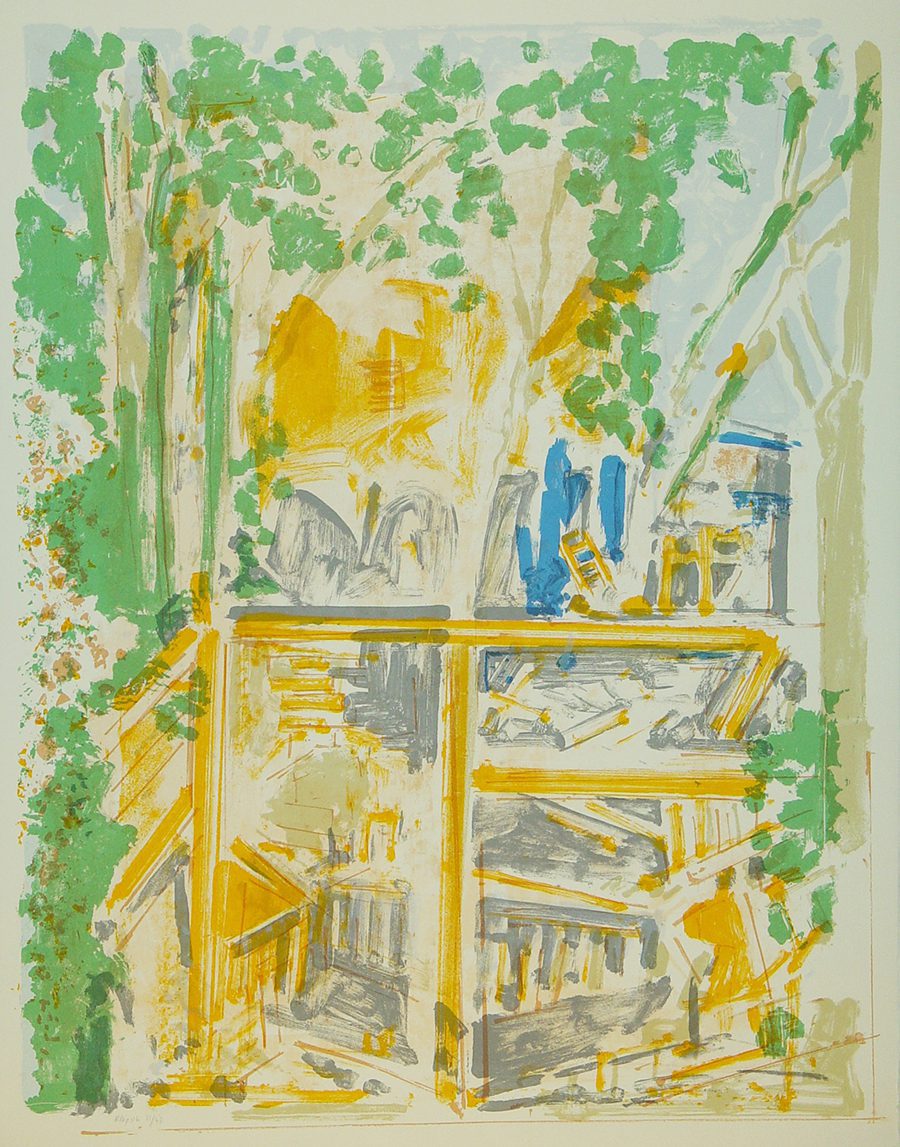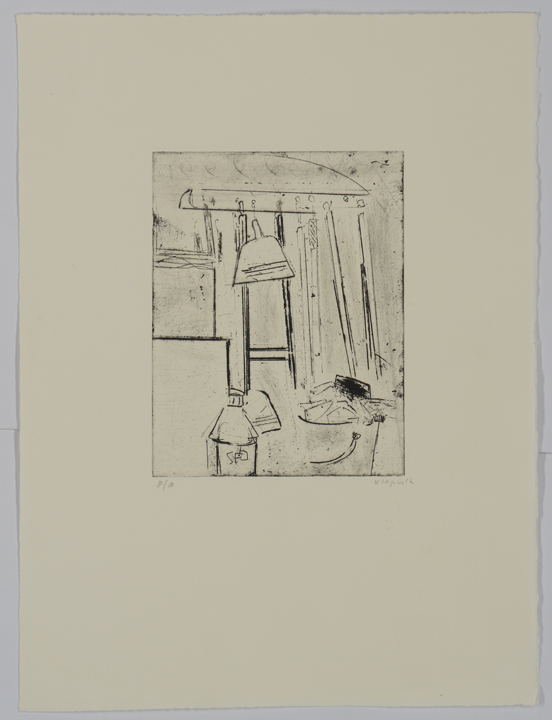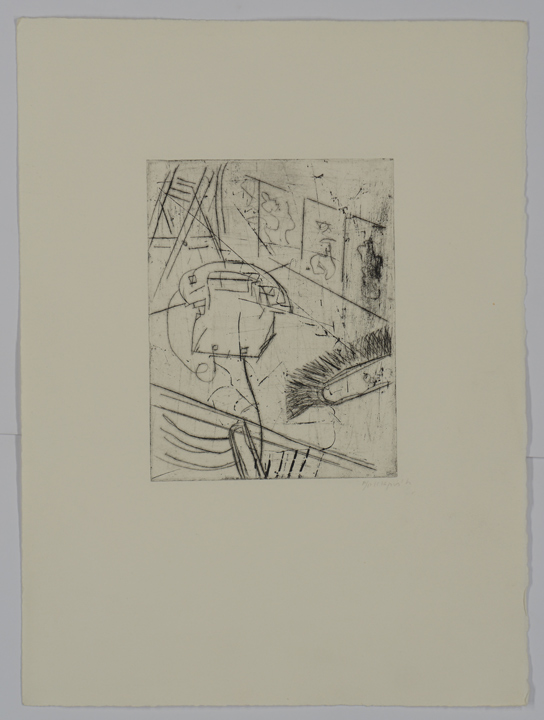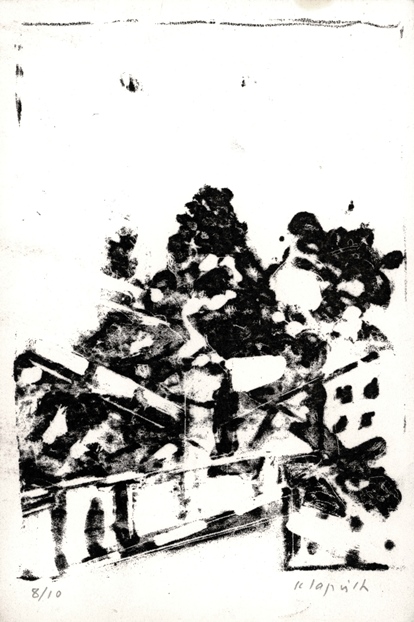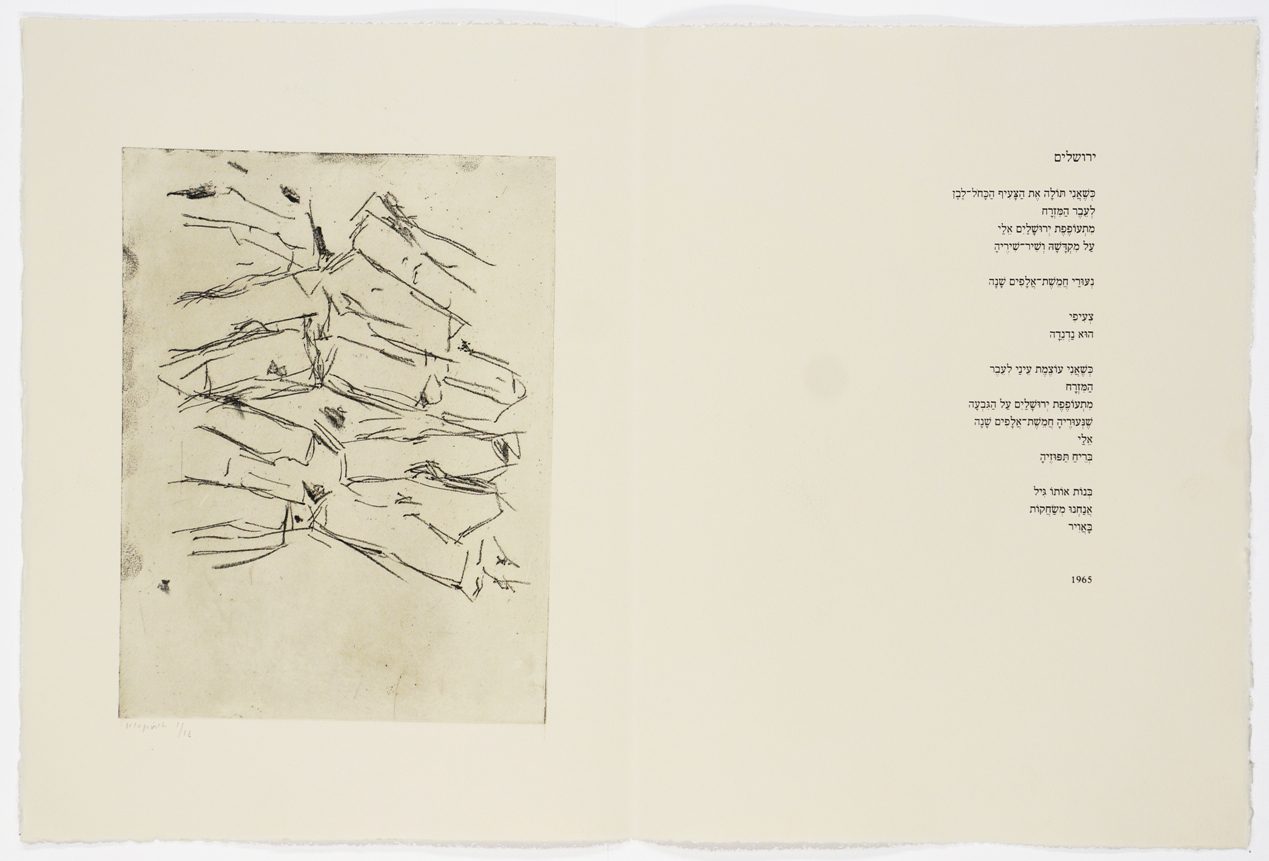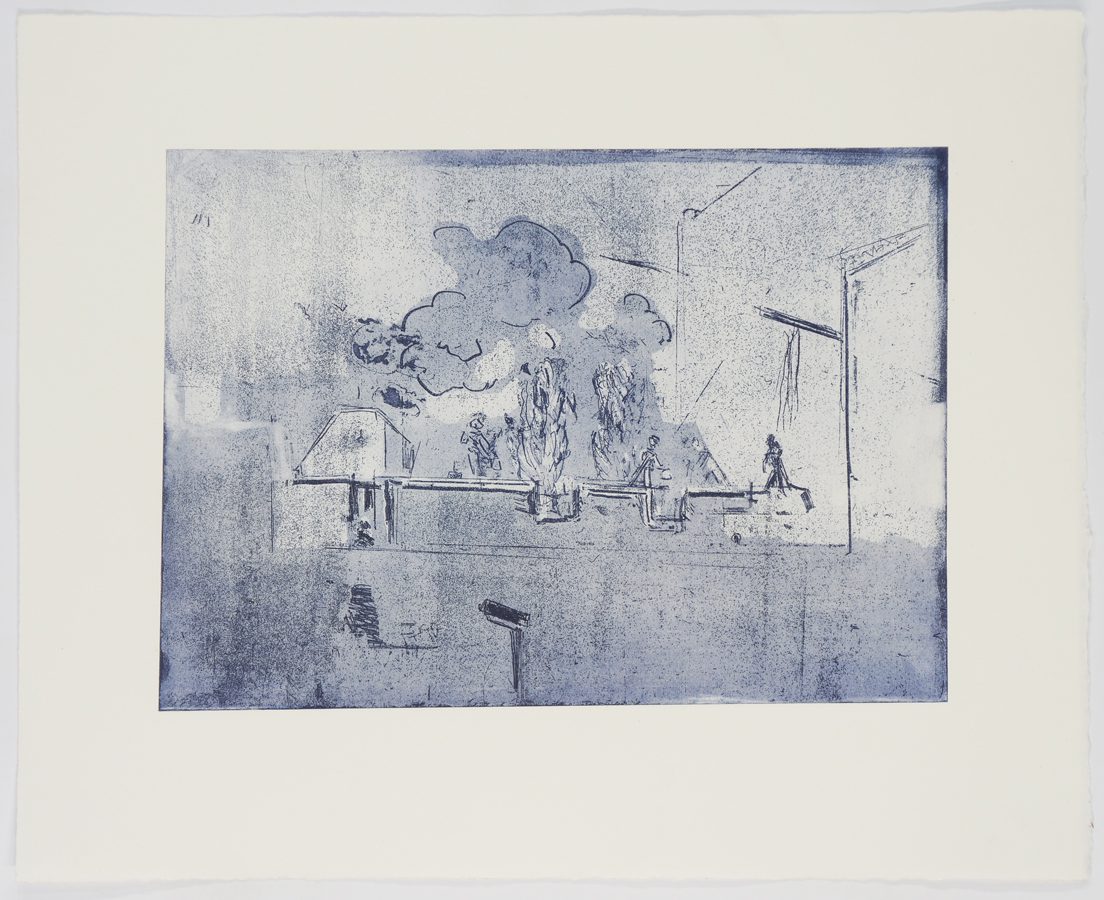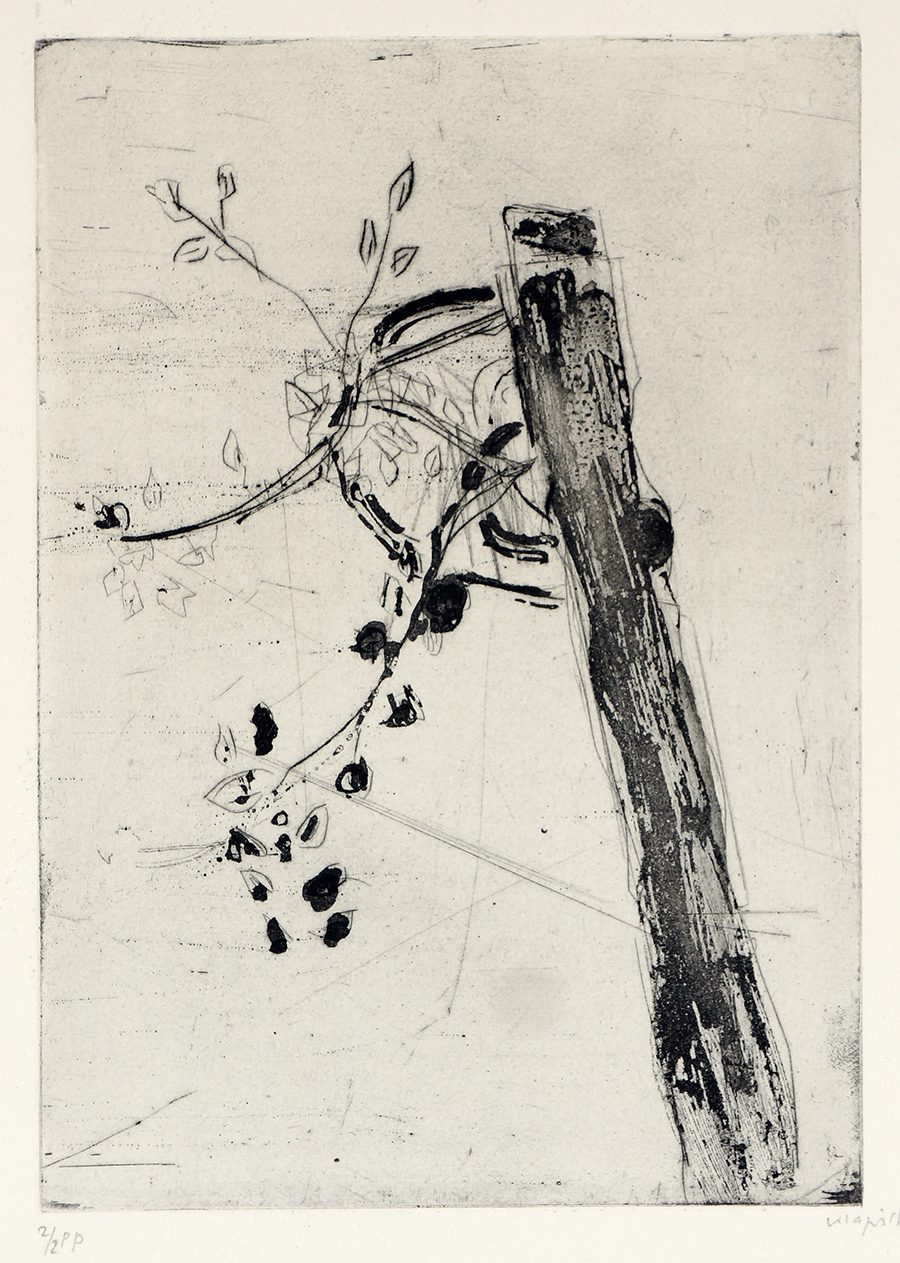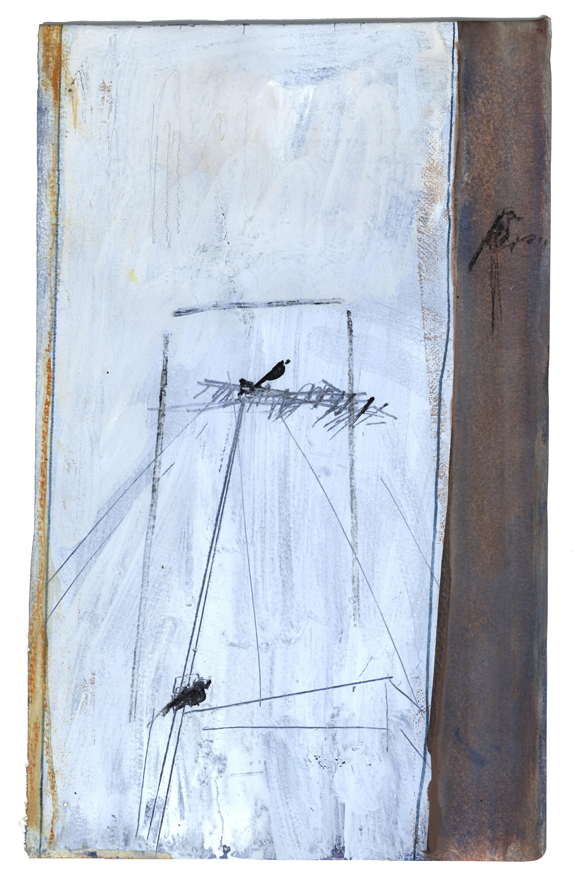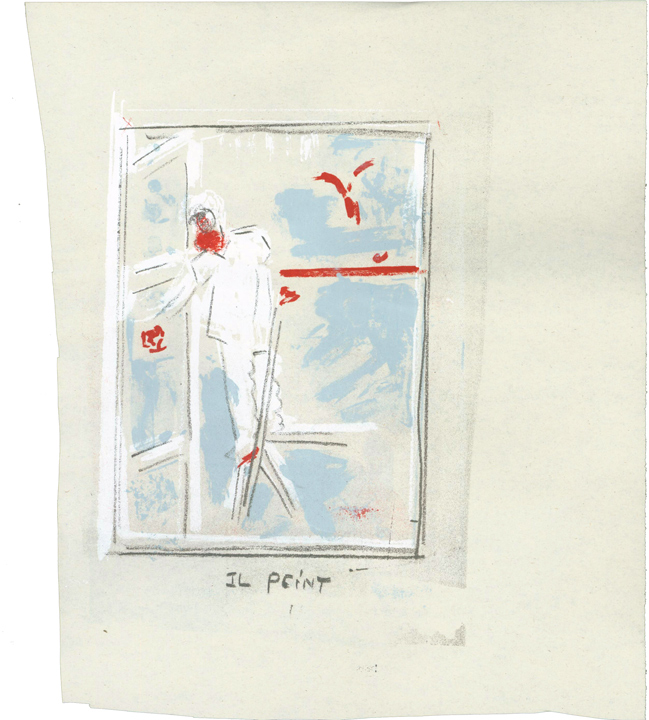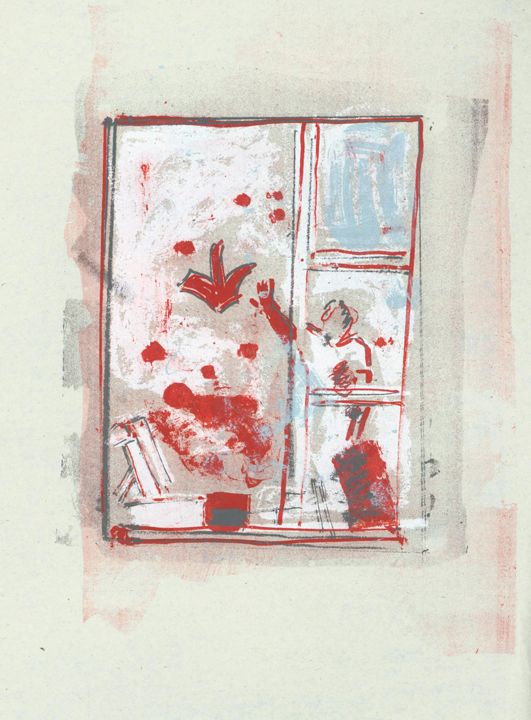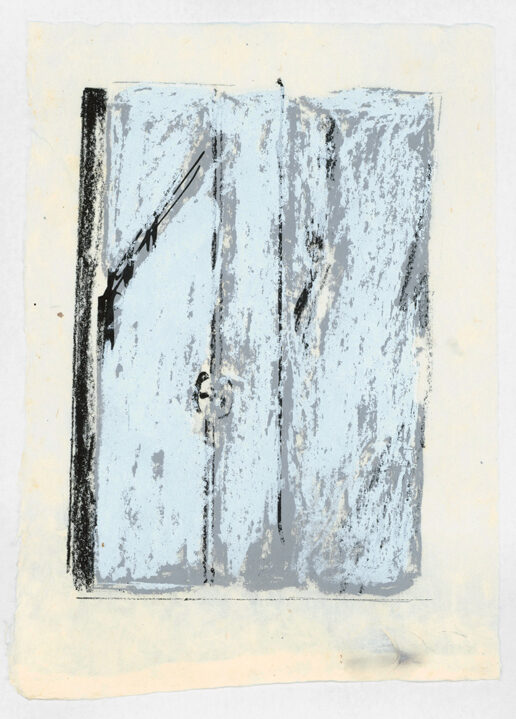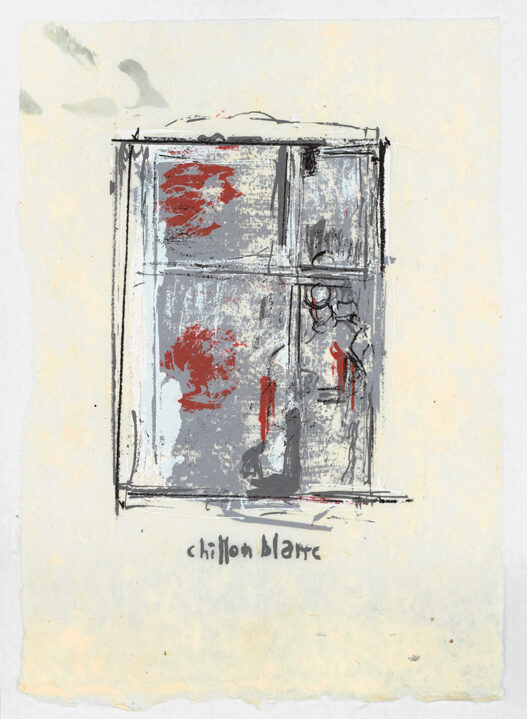Exhibitions
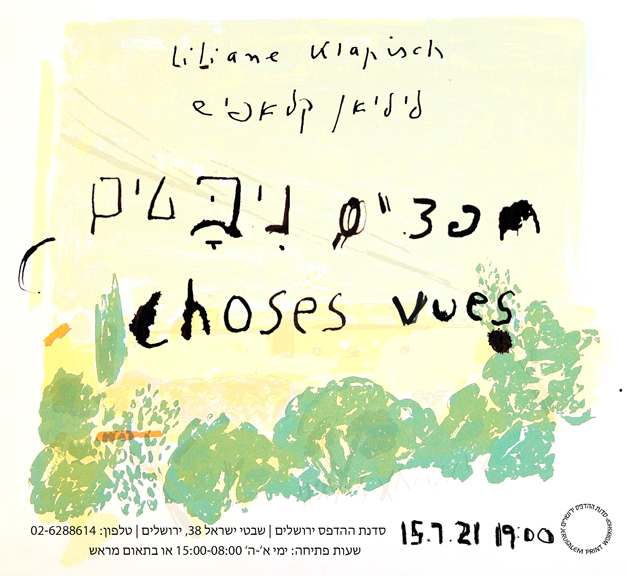
Liliane Klapisch: Choses vues
Opening
July 15, 2021 at 19:00
Closing
November 1, 2021
Events
Open Friday: October 29, 2021 (10:00-13:30)
The Jerusalem Print Workshop is proud to present Liliane Klapische: Choses vues, a solo exhibition of the painter Liliane Klapische. The exhibition, spreading over the Workshop’s two galleries, will include a display of the prints and artist’s books Klapische created at the Jerusalem Print Workshop and at various print workshops in Israel and in France. A new artist’s book, on which the artist is currently working at the Workshop, will also be presented at the exhibition, as well as works on paper.
Liliane Klapische: Choses vues / Arik Kilmenik
They are all around us. We don’t have to search for them. They are seen through the window, at construction sites, in closets; flowers on the table, books, flower pots. The objects around us are the themes that Lilian Klapische paints and draws with rare sensitivity and cultural awareness. I would define it as “cultural painting”.
In her 1996 exhibition at the Jerusalem Print Workshop, Klapische, after much deliberation and reflection, also decided to focus on the physical existence of objects. From within her spiritual-artistic world, she created at the time a series of minimalistic and ascetic etchings, which is displayed in full at the current exhibition. In a catalogue of Klapische’s works from 1976 Yona Fischer wrote, “Lilian Klapische questions both art and nature. Artistic and human experience are thought out and then fused…”.
In this exhibition, the artist’s second at the Workshop, we chose to spread out and display a rich variety of works in the media of painting, watercolor, drawing, etching, lithography, screenprint and artist’s books.
The White Klapische / Yair Talmor
In 2006 Liliane Klapische created a notebook of watercolor and pencil drawings with images of painters dressed in white overalls or robes, and of other depictions through a window. This is a regular practice of the artist, who uses drawing books as a primary source in her work. And indeed, during 2006-2007 Klapische created several oil paintings based on these drawings, some of which were presented in an exhibition held in Bineth Gallery in 2007. Towards the current exhibition, Klapische created a modest artist's book that reconstructs something of the original nature of the notebook. She also addressed some of the drawings, as they were printed in the exhibition catalogue, as another source for her work.
The works return to the modernistic ethos of form and color as descriptions of the world. However, unlike modernistic paintings, Klapische's works do not depict a perfect and hermetic world, but rather provide dynamic and unraveled expressions of traces of time. Her drawing perceives reality as a series of forms. Instead of a logic of perspective, it offers to perceived "depth" as a way for the artist to take part in a being that is not restricted. Drawing is where the self meets and expresses the world, from its physical concepts, from the space or abyss opened within it. In her prints the curved brown shape is given new life as a kind of bird, and the white stain as a chiffon blanc – a method the painter uses to wipe off access paint. The white fabric embodies the various associations of the "white", not only as an expression of surrender, but also as a negation of human existence. From the hospital uniforms of the doctors and nurses to the toxic white lead*, which is a common basis in European painting.
*The white lead color is one of the first known pigments produced in an unnatural process. Its use was documented as early as in Ancient China and the early Greco-Roman period. It was widely used in the European oil painting technique. In the 19 th century, less toxic white pigments emerged.

—-
Liliane Klapische was born in Cachan, Paris in 1933. During the Second World War she hid with her family in various places. In 1958-1959 she lived in Morocco, and in 1969 moved to Israel, settling in Jerusalem. Klapische's early works are distinguished by strong abstraction. In the 1970s she transitioned to figurative drawing that was influenced by classical and modern European art. Throughout her active years she has been working continuously with the various printmaking media, including lithography, etching and screenprint. Her works are characterized by expressive drawing, and can be found among art collections in Israel and around the world, including those of the Israel Museum, Tel Aviv Museum of Art, Haifa Museum of Art, and others.
[PDF text]
Jerusalem Print Workshop | 38 Shivtei Isreal St. (HaNeviim corner), Jerusalem | Opening Hours: Sun – Thu: 8:00 – 15:00, Fri – By appointment
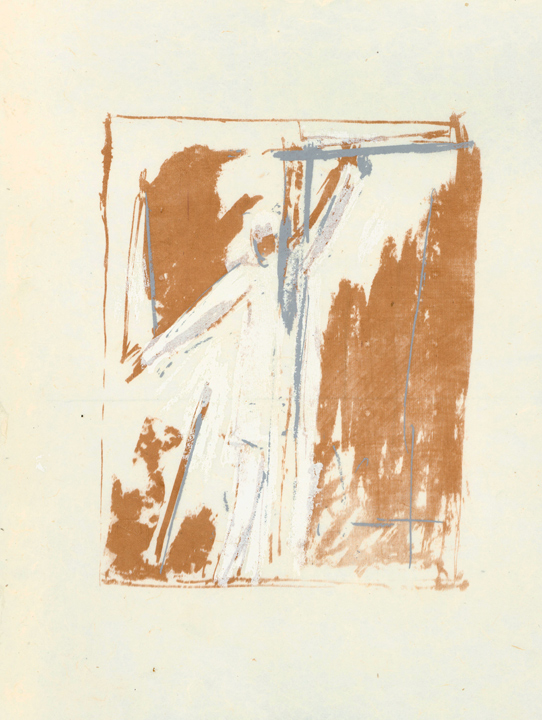
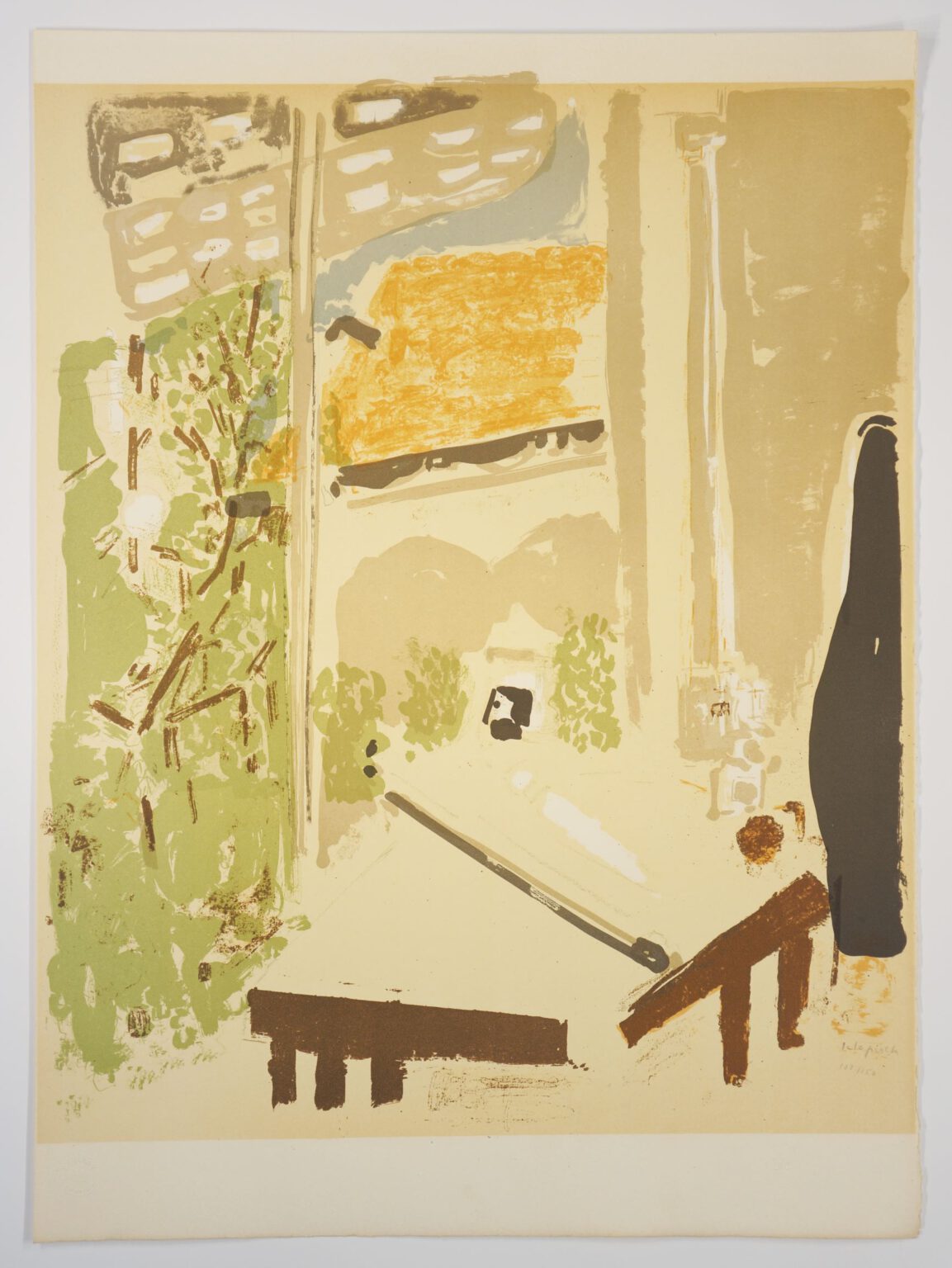
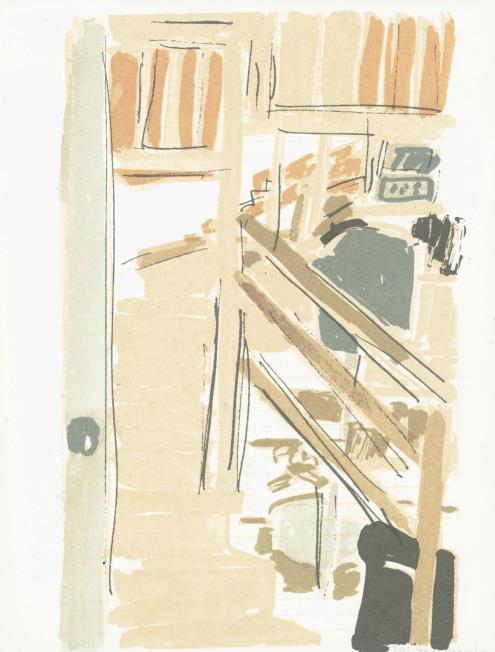

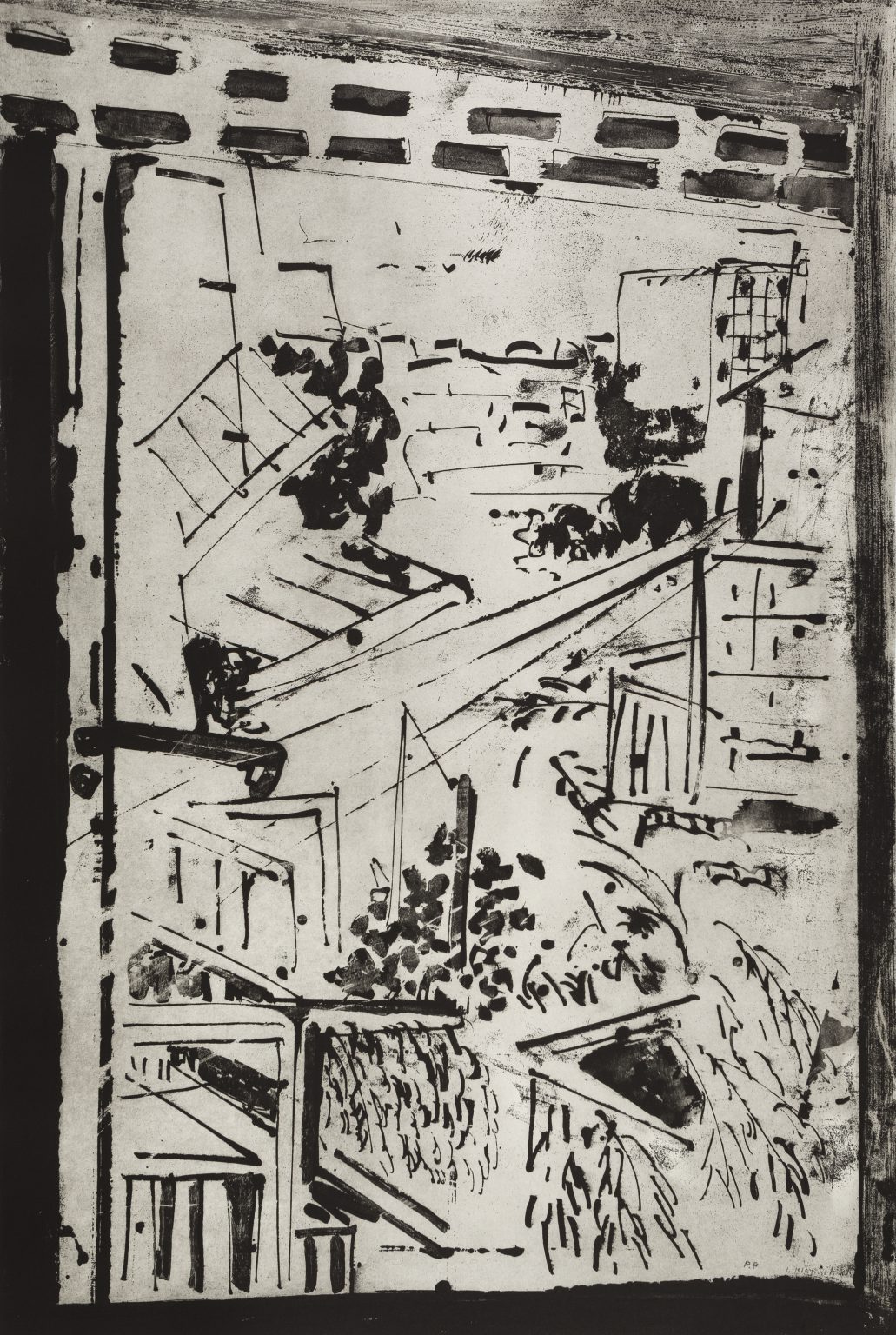
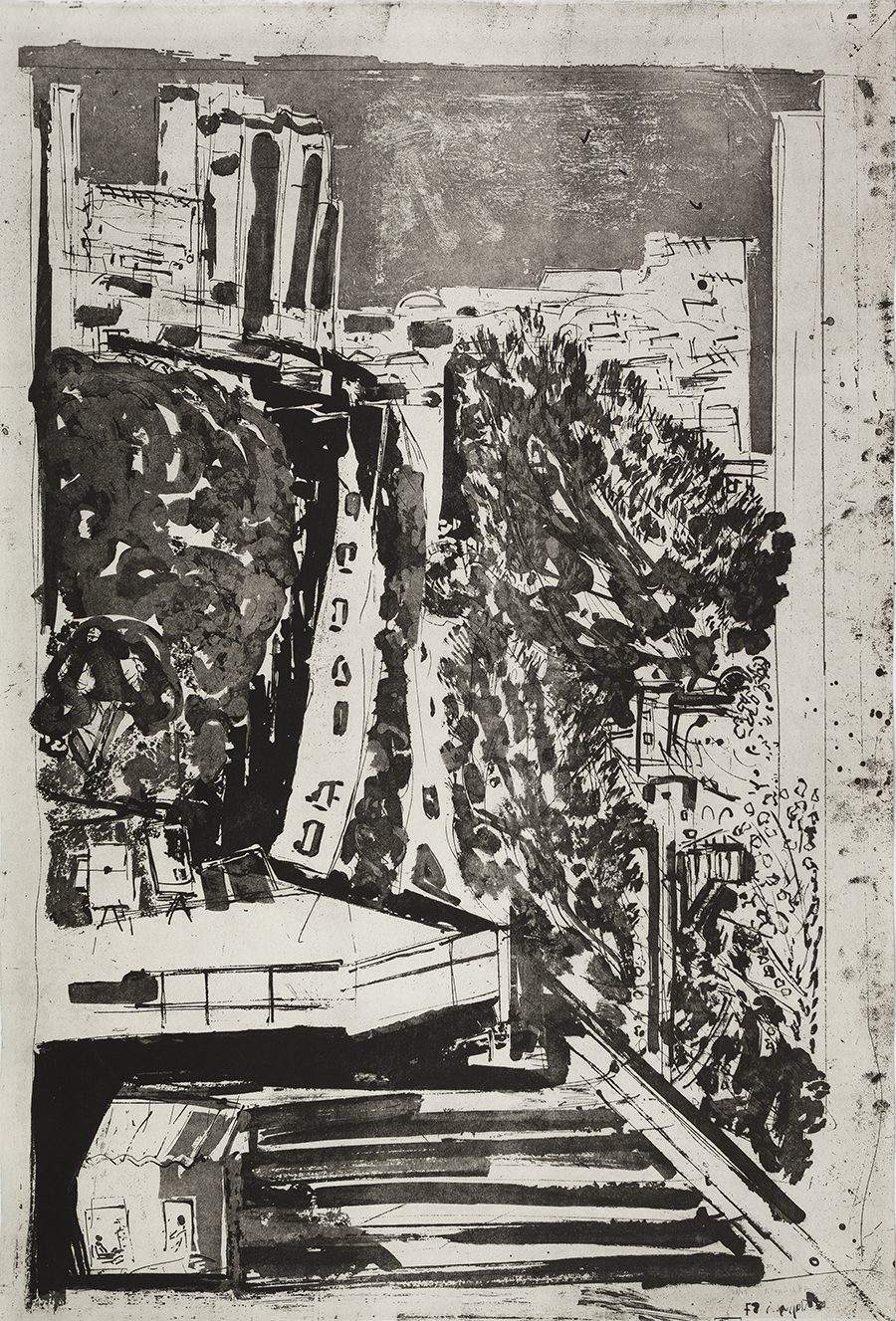
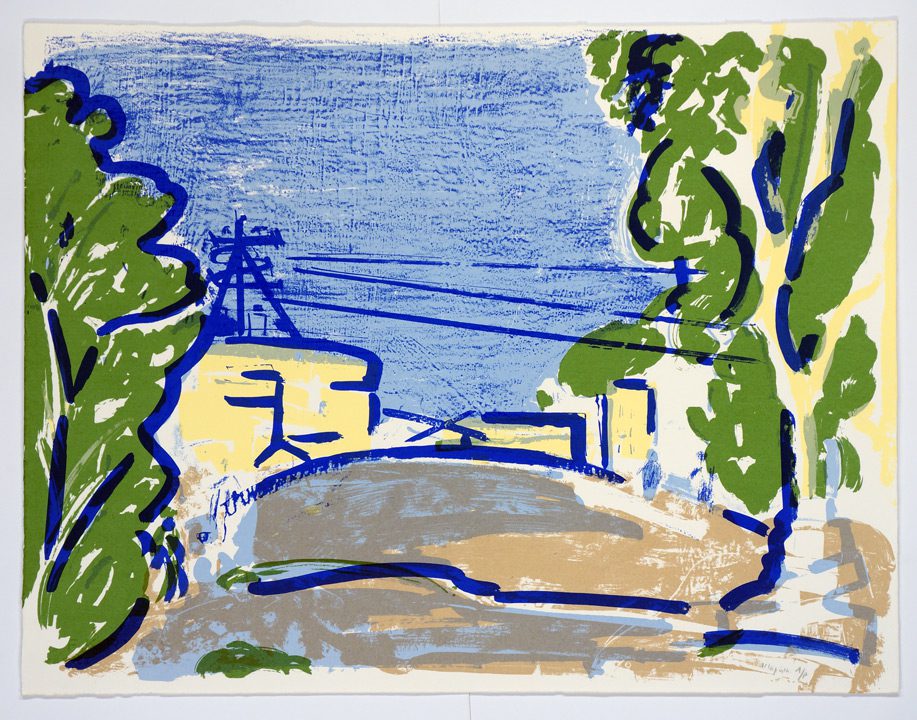
![From 'Ha'osim Bamelacha' [the craft makers] (1989), Artist Book; 8 lithographs in a cardboard cover, Edition: 40, Produced and printed by the Burston Graphic Center, Jerusalem](https://jerusalemprintworkshop.org/wp-content/uploads/2021/07/ברסטון007-2.jpg)
